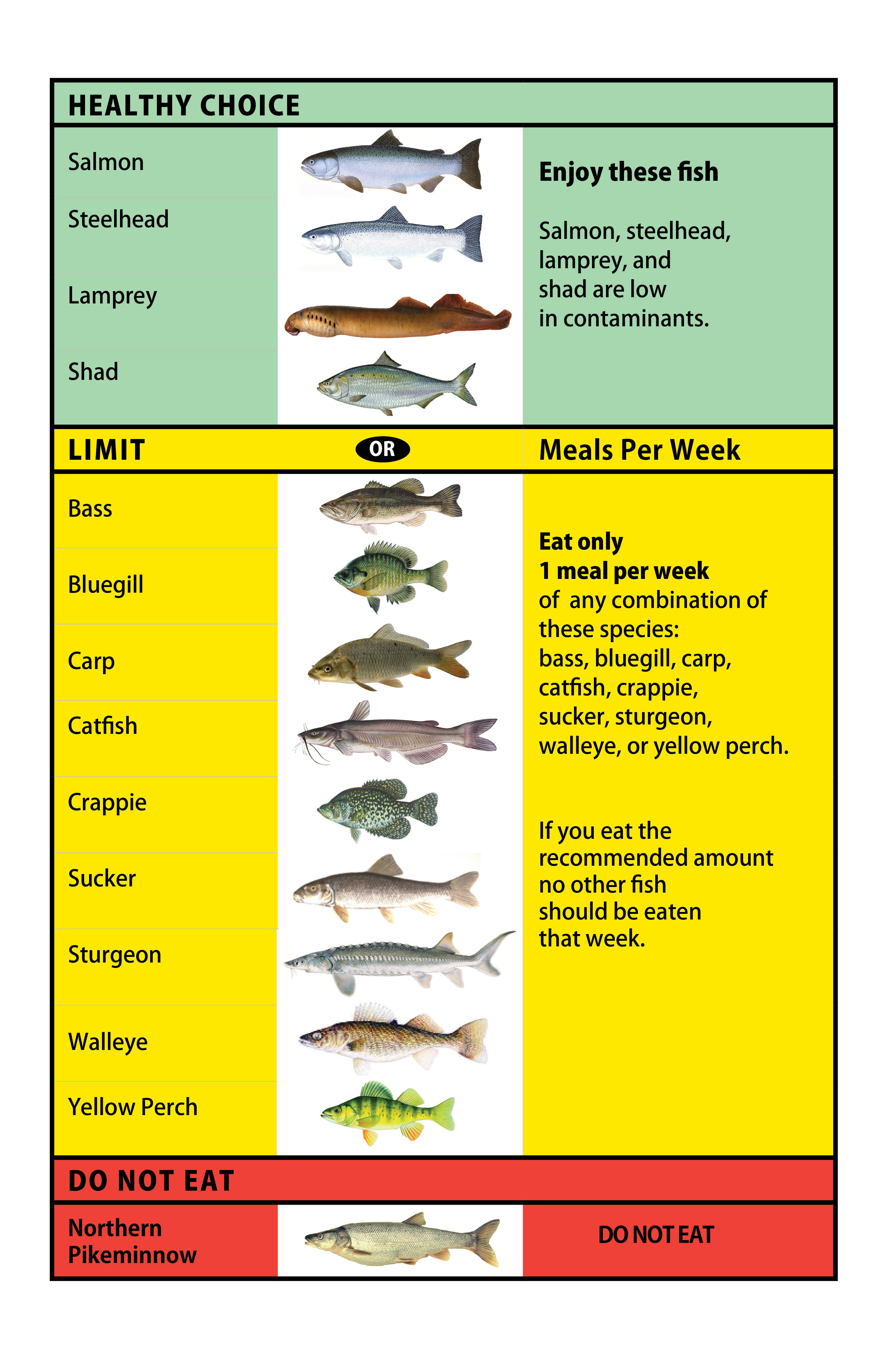Mercury Levels In Striped Bass: Implications For Human Health And Environmental Contamination
Elevated Mercury Levels In Striped Bass Pose Serious Health Risks
Mercury is a toxic metal that can have devastating effects on human health and the environment. It is released into the atmosphere by industrial processes, mining, and the burning of fossil fuels. Mercury can travel long distances through the air and water, and it can accumulate in the tissues of fish, including striped bass. When humans consume contaminated fish, they can be exposed to high levels of mercury, which can lead to a variety of health problems, including neurological damage, developmental disorders, and reproductive problems.
Mercury contamination is a serious environmental problem that requires immediate action. We need to reduce our reliance on fossil fuels, invest in renewable energy sources, and clean up contaminated sites. We also need to educate the public about the dangers of mercury exposure and encourage them to make healthy choices about the fish they eat.

Mercury levels in fish vs vaccine mercury – Source whale.to
What Is Mercury And How Does It Affect Human Health?
Mercury is a naturally occurring element that exists in several forms, including elemental mercury, inorganic mercury, and organic mercury. Elemental mercury is a silvery-white, liquid metal that is often used in thermometers, barometers, and other measuring devices. Inorganic mercury is a compound that contains mercury and other elements, such as chlorine or sulfur. Organic mercury is a compound that contains mercury and carbon. It is the most toxic form of mercury and is found in fish and shellfish.
Exposure to mercury can occur through inhalation, ingestion, or skin contact. Elemental mercury is primarily absorbed through inhalation, while inorganic and organic mercury are absorbed through ingestion. Once in the body, mercury can travel to various organs and tissues, including the brain, kidneys, liver, and developing fetus. Mercury can cause a wide range of adverse health effects, depending on the form of mercury, the route of exposure, and the amount of exposure. These effects can include developmental disorders, neurological damage, reproductive problems, and damage to the kidneys, liver, and other organs.

A self-regulated microbial system as an anti-pollutant for mercury – Source wyss.harvard.edu
The History And Prevalence Of Mercury Contamination
Mercury has been used by humans for centuries, and it is estimated that over 2,000 tons of mercury are released into the environment each year. The primary sources of mercury pollution are industrial processes, mining, and the burning of fossil fuels. Mercury can travel long distances through the air and water, and it can accumulate in the tissues of fish, including striped bass. The levels of mercury in striped bass can vary depending on the location of the fish, the age of the fish, and the size of the fish. Fish that are caught in areas with high levels of mercury pollution are likely to have higher levels of mercury in their tissues.
Mercury contamination is a global problem, and it has been found in fish and shellfish from all over the world. The United States Environmental Protection Agency (EPA) has set a safe level of mercury in fish of 0.5 parts per million (ppm). However, some fish, such as striped bass, can have levels of mercury that exceed this safe level. It is important to be aware of the potential risks of mercury exposure and to make informed choices about the fish you eat.

NJDEP| Fish & Wildlife | Charles O. Hayford State Fish Hatchery in – Source dep.nj.gov
The Hidden Dangers Of Mercury In Striped Bass
Mercury is a neurotoxin that can damage the developing brains of children. It can also cause reproductive problems in women and men, and it can increase the risk of heart disease and cancer. Mercury is released into the environment from a variety of sources, including industrial pollution, mining, and the burning of fossil fuels. It can travel long distances through the air and water, and it can accumulate in the tissues of fish, including striped bass.
The levels of mercury in striped bass can vary depending on the location of the fish, the age of the fish, and the size of the fish. Fish that are caught in areas with high levels of mercury pollution are likely to have higher levels of mercury in their tissues. It is important to be aware of the potential risks of mercury exposure and to make informed choices about the fish you eat.

Ringing Cedars: Vedruss Wedding Ceremony! – Source www.ringingcedarsofrussia.org
Recommendations For Reducing Your Exposure To Mercury
The EPA recommends that adults eat no more than 12 ounces of fish per week, and that women of childbearing age and children eat no more than 6 ounces of fish per week. Fish that are high in mercury, such as striped bass, should be eaten less often. Pregnant women and women of childbearing age should avoid eating raw or undercooked fish.
There are a number of things you can do to reduce your exposure to mercury, including:
- Eat fish that are low in mercury.
- Eat smaller fish.
- Trim away the fat from fish before eating it.
- Cook fish thoroughly.
- Avoid eating raw or undercooked fish.

Recyclage van computermateriaal | Archives Conseil – Source archivesconseil.be
Mercury Levels In Striped Bass: A Case Study
A recent study by the EPA found that the levels of mercury in striped bass from the Chesapeake Bay are higher than the safe level set by the EPA. The study found that the average level of mercury in striped bass from the Chesapeake Bay was 0.73 ppm, which is higher than the EPA’s safe level of 0.5 ppm. The study also found that the levels of mercury in striped bass from the Chesapeake Bay have been increasing over time.
The EPA is concerned about the high levels of mercury in striped bass from the Chesapeake Bay. The EPA is working with state and local agencies to develop a plan to reduce the levels of mercury in striped bass and other fish from the Chesapeake Bay.

New CRP: Assessing the Fate and Environmental Impact of Plastics in – Source www.iaea.org
Tips For Avoiding Mercury Exposure From Striped Bass
If you are concerned about your exposure to mercury from striped bass, there are a number of things you can do to reduce your risk:
- Eat striped bass less often.
- Eat smaller striped bass.
- Trim away the fat from striped bass before eating it.
- Cook striped bass thoroughly.
- Do not eat raw or undercooked striped bass.

Good River – Whose job is it to reduce toxic mercury in the Ohio River? – Source www.ohiowatershed.org
Mercury Levels In Striped Bass: A Hidden Danger
Mercury is a toxic metal that can have devastating effects on human health. It is released into the environment by industrial processes, mining, and the burning of fossil fuels. Mercury can travel long distances through the air and water, and it can accumulate in the tissues of fish, including striped bass. When humans consume contaminated fish, they can be exposed to high levels of mercury, which can lead to a variety of health problems, including neurological damage, developmental disorders, and reproductive problems.
The levels of mercury in striped bass can vary depending on the location of the fish, the age of the fish, and the size of the fish. Fish that are caught in areas with high levels of mercury pollution are likely to have higher levels of mercury in their tissues. It is important to be aware of the potential risks of mercury exposure and to make informed choices about the fish you eat.

Oregon Health Authority : Middle Columbia Fish Advisory : Fish and – Source www.oregon.gov
Fun Facts About Mercury Levels In Striped Bass
Mercury is a naturally occurring element that has been used by humans for centuries.
Mercury is a toxic metal that can have devastating effects on human health.
The levels of mercury in striped bass can vary depending on the location of the fish, the age of the fish, and the size of the fish.
Pregnant women and women of childbearing age should avoid eating striped bass.
There are a number of things you can do to reduce your exposure to mercury from striped bass, including eating smaller fish, trimming away the fat, and cooking the fish thoroughly.

Atık Yağ Analizi Nedir, Nasıl Yapılır? – AEM Laboratuvarı – Source www.aem.com.tr
How To Choose Safer Fish Options
When choosing fish to eat, it is important to consider the levels of mercury in the fish. The EPA has developed a list of fish that are low in mercury, including:
- Albacore tuna
- Canned light tuna
- Salmon
- Cod
- Flounder
- Haddock
- Pollock
- Shrimp
- Crab
- Lobster
You can also check the EPA’s website for a complete list of fish that are low in mercury.

NJDEP| Fish & Wildlife | Striped Bass Hybrid – Source dep.nj.gov
What If I’ve Already Eaten Mercury-Contaminated Fish?
If you have already eaten mercury-contaminated fish, there are a few things you can do to reduce your exposure to mercury:
- Eat fish that are low in mercury.
- Eat smaller fish.
- Trim away the fat from fish before eating it.
- Cook fish thoroughly.
- Do not eat raw or undercooked fish.
You can also take a mercury detox supplement to help remove mercury from
